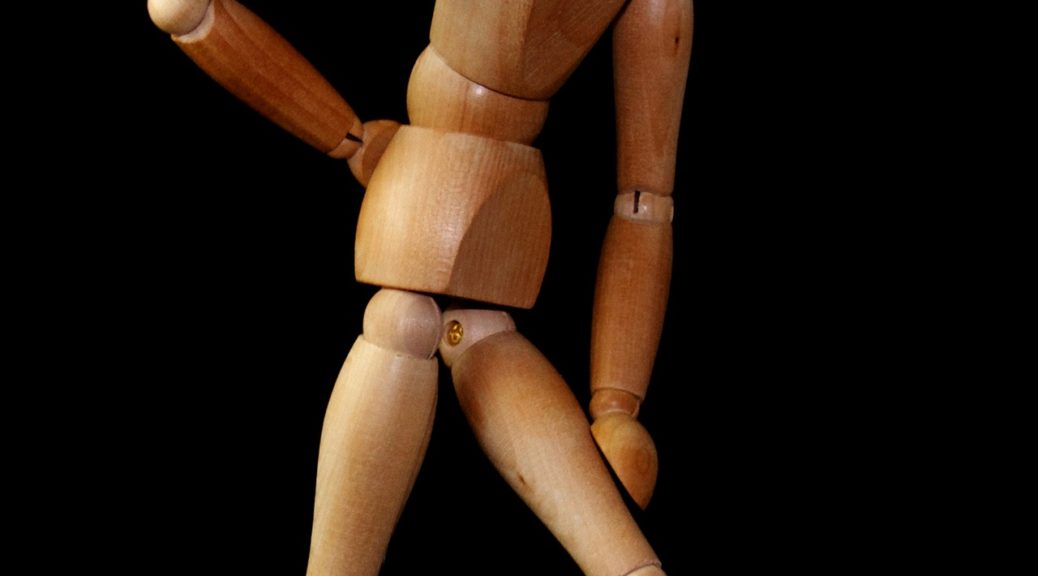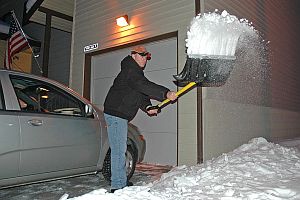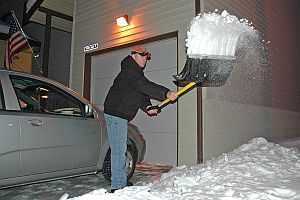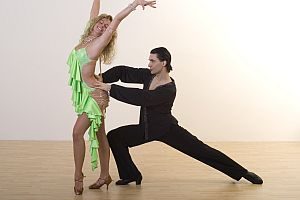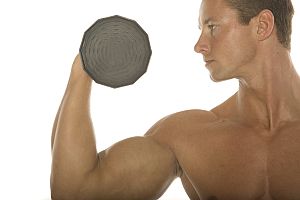9 Risk Factors for Developing Sciatica
Sciatica is a common pain problem that affects about 5% of adults. Sciatica is a symptom rather than a specific diagnosis: sciatic pain can have a number of different causes, and getting a proper diagnosis is key in getting relief from this condition.
While pinpointing the root cause of sciatica can be challenging, the medical research has established the factors that increase the risk of a person developing sciatic nerve pain.
Here are the nine most common risk factors for developing sciatica:
1. Aging
As we get older, we lose flexibility and it takes us longer for our body to heal from injuries. One of the most common types of pain associated with aging is lower back pain, and back pain is very closely linked to sciatica.1,2
2. History of Low Back Pain
Research shows that patients who have problems with low back pain are more likely to eventually develop sciatica. Low back pain can result in a general inflammation in the lumbar spine, and this can start to spread to the sciatic nerve.
3. Smoking
It’s no secret that smoking is bad for your health, and it’s also clear that smokers are more likely to suffer from back pain and sciatica.3
Smoking isn’t just bad for your lungs and cardiovascular system; it’s also associated with inflammation, poor circulation, and a weakened immune system. This makes it harder for your body to function properly and makes it more difficult for your body to heal from injuries.
4. Overall Poor Health
Wellness is about flexibility and movement, and if our general health is poor, it’s difficult to stay active and healthy. Research shows that physical fitness is a great way to prevent and treat back pain.4
In addition, poor cardiovascular health is closely associated with a general inflammatory response in the body, which also increases the chances of musculoskeletal pain and sciatica.5
5. Obesity
Being overweight is one of the strongest predictors of back pain and other musculoskeletal problems, including sciatica.
Research shows that adipose tissue actually creates inflammatory markers which can affect our whole body, including our cardiovascular and nervous system. Remember: all sciatica pain is caused by inflammation of the sciatic nerve, and sciatica is more likely if your whole body is in an inflammatory state.
6. Work-Related Injuries
Repetitive movements or being too sedentary are detrimental to your musculoskeletal health, and this holds true for sciatica, as well.
Studies show that work-related activities can lead to sciatic nerve pain. Here are a few of the work conditions that have been associated with sciatica in the medical literature:
- Standing or walking for long stretches.
- Driving for long periods of time.
- Pulling or kneeling for more than 15 minutes at a time.
- Whole-body vibration.
If your work includes any of these activities, it’s critical to take breaks frequently, rest, and stretch a bit to prevent muscle injury and pain.
7. Sleep Problems
Research shows that poor sleep quality is associated with back pain and sciatica. This is a difficult issue, as poor sleep is also associated with other health issues, such as poor general health, obesity, and chronic pain. Sleep dysfunction is also associated with generalized inflammation, which is also linked to chronic pain.
8. Direct Injury
Less frequently, sciatica can be caused by an injury to the hip or buttocks, resulting in pain. One example of this would be sitting on a bulky wallet, which puts pressure on the nerve directly.
9. Psychological Distress
Low back pain and sciatica are linked to stress, as well. Monotonous or unsatisfying work and general stress can lead to chronic musculoskeletal pain.
A Whole Body Approach to Recovery
As you can see, many different factors play a role in the development of sciatica. Typically, it’s not just a single issue that results in pain, but a combination of factors. That’s why the most effective treatment and prevention of future episodes require a whole-body approach that looks at the root cause of your pain.
Medical References
- Cook CE, Taylor J, Wright A, Milosavljevic S, Goode A, Whitford M. Risk factors for first time incidence sciatica: a systematic review. Physiotherapy Research International 2014 Jun;19(2):65-78. doi: 10.1002/pri.1572. Epub 2013 Dec 11. Review. PubMed PMID: 24327326.
- Parreira P, Maher CG, Steffens D, Hancock MJ, Ferreira ML. Risk factors for low back pain and sciatica: an umbrella review. Spine J. 2018 Sep;18(9):1715-1721. doi: 10.1016/j.spinee.2018.05.018. Epub 2018 May 21. Review. PubMed PMID: 29792997.
- Lee J, Taneja V, Vassallo R. Cigarette smoking and inflammation: cellular and molecular mechanisms. Journal of Dental Research 2012;91(2):142-9.
- Gordon R, Bloxham S. A Systematic Review of the Effects of Exercise and Physical Activity on Non-Specific Chronic Low Back Pain. Healthcare (Basel). 2016;4(2):22. Published 2016 Apr 25. doi:10.3390/healthcare4020022
- da Cruz Fernandes IM, Pinto RZ, Ferreira P, Lira FS. Low back pain, obesity, and inflammatory markers: exercise as potential treatment. J Exerc Rehabil. 2018;14(2):168-174. Published 2018 Apr 26. doi:10.12965/jer.1836070.035
